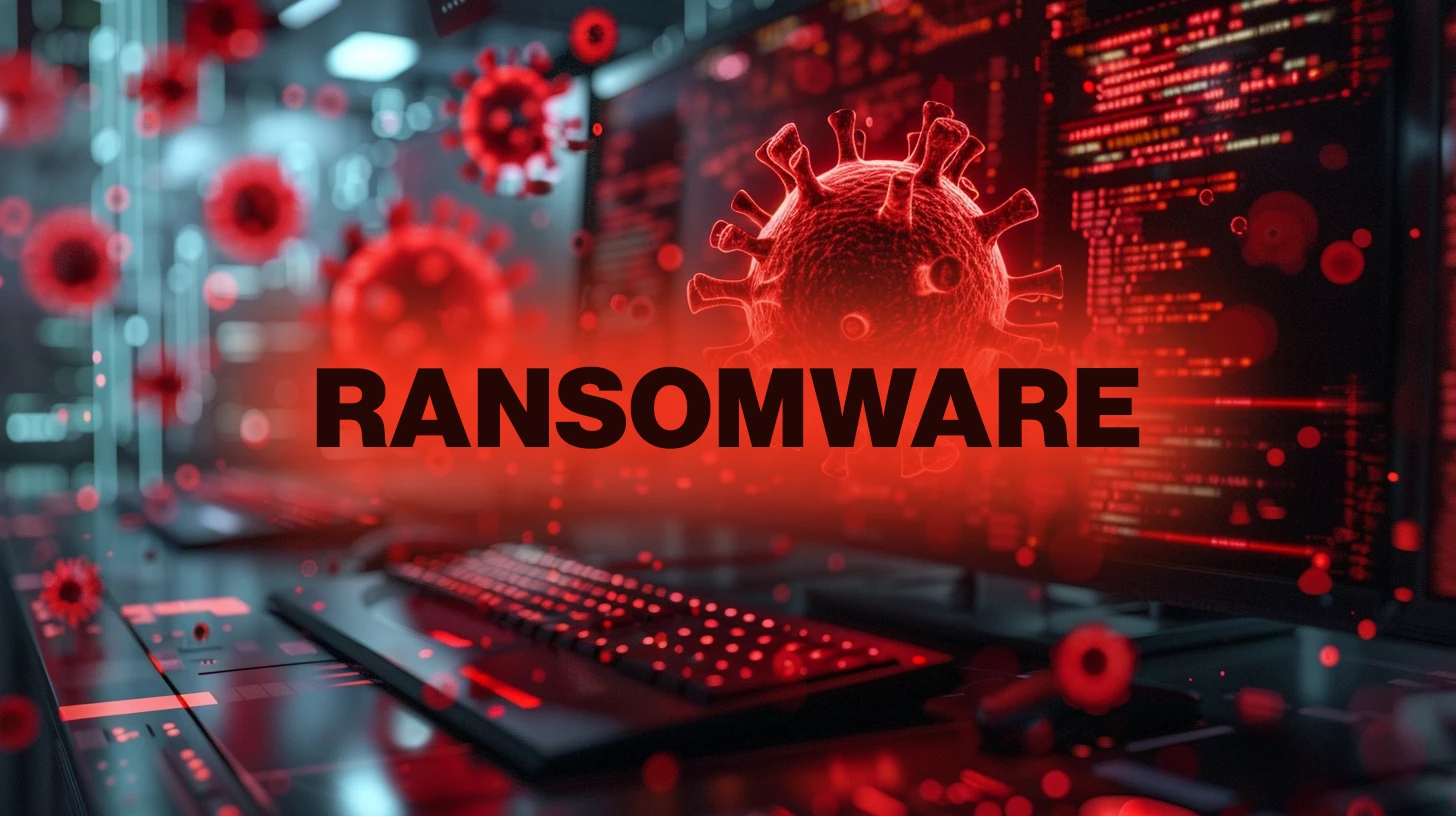The Cybersecurity and Infrastructure Security Agency is targeting a September 30 deadline to give federal agencies a list of example software products deemed critical for the federal government’s cyber posture.
The GuptiMiner malware campaign, discovered by Avast, involved hijacking an eScan antivirus update mechanism to distribute backdoors and coinminers. The campaign was orchestrated by a threat actor with possible ties to Kimsuky.
The perpetrators attract unsuspecting Telegram users through a referral system, enticing them with promises of an “exclusive earning program” shared via contacts in their network.
A phishing campaign exploiting a bug in Nespresso’s website has been able to evade detection by taking advantage of security tools that fail to look for malicious nested or hidden links.
Microsoft specifically highlighted a group named Emerald Sleet (aka Kimusky or TA427), which has been observed using LLMs to bolster spear-phishing efforts aimed at Korean Peninsula experts.
The ransomware landscape has undergone significant changes in Q1 2024, with major shifts in the behavior of Ransomware-as-a-Service (RaaS) groups, according to GuidePoint Security’s GRIT Q1 2024 Ransomware Report.
CERT-UA reports that in March 2024, APT44 conducted operations to disrupt information and communication systems at energy, water, and heating suppliers in 10 regions of Ukraine.
Androxgh0st operators are exploiting multiple CVEs, including CVE-2021-3129 and CVE-2024-1709 to deploy a web shell on vulnerable servers, granting remote control capabilities. Evidence also suggests active web shells associated with CVE-2019-2725.
The exploit occurs when referencing a private/local package, which inadvertently fetches a malicious package similarly named from the public registry due to misconfigurations in package managers.
As the company also explains in a public security advisory published on Friday, this zero-day bug enables unauthenticated attackers to escape the user’s virtual file system (VFS) and download system files.









